Home>Gardening & Outdoor>Landscaping Ideas>What Is The Best Grass To Plant
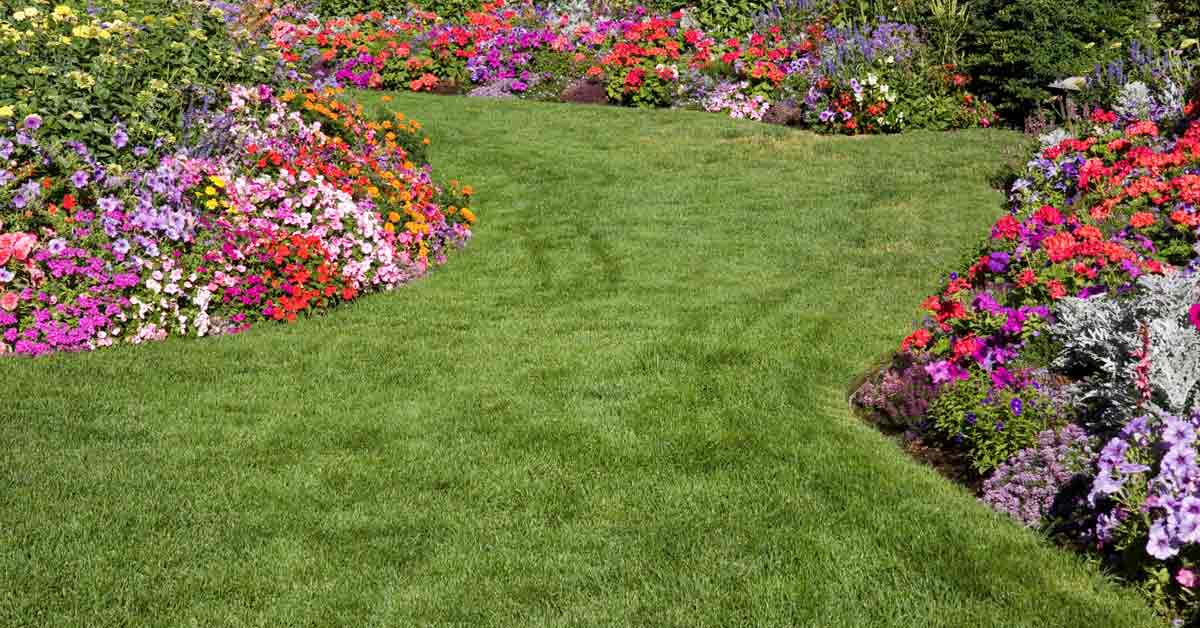

Landscaping Ideas
What Is The Best Grass To Plant
Modified: August 16, 2024
Discover the best grass to plant for your landscaping ideas. Find the perfect grass type to enhance your outdoor space and create a lush, green landscape.
(Many of the links in this article redirect to a specific reviewed product. Your purchase of these products through affiliate links helps to generate commission for Storables.com, at no extra cost. Learn more)
Introduction
Welcome to the wonderful world of landscaping, where the choice of grass can make all the difference in creating a lush, vibrant lawn. Whether you’re revamping your yard or starting from scratch, selecting the best grass to plant is a crucial decision that will impact the aesthetics and functionality of your outdoor space. With a myriad of grass varieties available, each with its own unique characteristics, it’s essential to consider various factors before making your choice.
From climate and soil conditions to the level of maintenance you’re willing to commit to, several key considerations will guide you towards the best grass for your specific needs. By exploring the distinct traits of cool-season and warm-season grasses, as well as identifying the most suitable options for shade, high-traffic areas, and low maintenance, you’ll be equipped with the knowledge to make an informed decision that aligns with your landscaping goals.
Join us as we delve into the fascinating realm of grass selection, where we’ll uncover the ideal grass types to elevate the beauty and functionality of your outdoor oasis.
Key Takeaways:
- Choose the right grass for your lawn by considering climate, soil type, sunlight exposure, maintenance level, and water requirements. This will help you establish a vibrant, enduring lawn that enhances the beauty and functionality of your outdoor space.
- Cool-season and warm-season grasses offer lush, resilient turf options for different climates. Consider shade-tolerant and durable grass varieties for shaded or high-traffic areas, and low-maintenance options for hassle-free landscapes.
Read more: What Is The Best Grass To Plant In Florida
Factors to Consider When Choosing Grass
When embarking on the journey of selecting the best grass for your lawn, several crucial factors warrant careful consideration. By taking these elements into account, you can make an informed decision that aligns with your specific landscaping needs and preferences.
Climate: The climate of your region plays a pivotal role in determining the most suitable grass type. Consider whether you reside in a predominantly cool or warm climate, as this will guide you towards cool-season or warm-season grasses, respectively.
Soil Type: Assess the composition of your soil, including its drainage capabilities and nutrient levels. Certain grass varieties thrive in well-drained, loamy soil, while others exhibit resilience in clay or sandy soils. Understanding your soil type will aid in selecting grass that can flourish in your specific soil conditions.
Sunlight Exposure: Evaluate the amount of sunlight your lawn receives throughout the day. Some grasses thrive in full sun, while others are better suited to shaded areas. By gauging the sunlight exposure, you can pinpoint a grass variety that will thrive in your lawn’s unique lighting conditions.
Maintenance Level: Consider the amount of time and effort you’re willing to invest in lawn maintenance. Some grasses demand regular mowing, fertilization, and watering, while others are more low-maintenance and drought-tolerant. Selecting a grass type that aligns with your maintenance preferences can contribute to a thriving, sustainable lawn.
Water Requirements: Assess the water needs of different grass varieties and compare them to your local precipitation levels. Opt for grasses that align with your region’s water availability and conservation efforts, whether you’re in a drought-prone area or benefit from ample rainfall.
By carefully evaluating these essential factors, you can narrow down the myriad of grass options and pinpoint the varieties that are best suited to your climate, soil, sunlight exposure, maintenance level, and water availability. This thoughtful approach will pave the way for a flourishing, resilient lawn that enhances the beauty of your outdoor space.
Cool-Season Grasses
Cool-season grasses are renowned for their resilience in regions with cold winters and mild summers. These grass varieties thrive in northern climates, where they exhibit robust growth during the cooler months. Among the most popular cool-season grasses is Kentucky bluegrass, celebrated for its lush, emerald-green appearance and fine texture. This grass variety forms a dense, uniform turf that lends an elegant aesthetic to lawns and landscapes.
Fescue grass is another prominent cool-season option, valued for its adaptability to a range of soil types and shade tolerance. Tall fescue, in particular, boasts exceptional durability and drought resistance, making it a favored choice for lawns subjected to varying environmental conditions.
Perennial ryegrass is revered for its rapid germination and establishment, making it an ideal component in grass seed mixtures. Its fine blades and vibrant green hue contribute to its visual appeal, while its tolerance to foot traffic enhances its suitability for high-traffic areas.
When considering cool-season grasses, it’s essential to weigh their attributes against your specific climate and lawn care requirements. By selecting a cool-season grass that aligns with your region’s climate and your maintenance preferences, you can establish a vibrant, resilient lawn that flourishes in cooler temperatures.
Warm-Season Grasses
Warm-season grasses are renowned for their adaptability to regions with hot, humid summers and mild winters. These grass varieties thrive in southern climates, where they exhibit robust growth during the warmer months. One of the most popular warm-season grasses is Bermuda grass, prized for its exceptional heat tolerance and rapid spreading habit. This grass forms a dense, resilient turf that thrives in full sun, making it an excellent choice for lawns, parks, and athletic fields.
Zoysia grass is another prominent warm-season option, celebrated for its dense, lush growth and remarkable tolerance to foot traffic. This grass variety excels in both sun and partial shade, making it a versatile choice for lawns and recreational areas.
Celebrated for its fine texture and rich green color, St. Augustine grass is a popular warm-season grass that thrives in coastal regions and exhibits exceptional salt tolerance. Its rapid establishment and ability to withstand moderate shade make it a sought-after choice for lawns in warm climates.
When considering warm-season grasses, it’s essential to evaluate their attributes in relation to your specific climate and landscaping needs. By selecting a warm-season grass that aligns with your region’s climate and your lawn care preferences, you can establish a vibrant, resilient turf that flourishes in the warmth of summer.
Consider the climate and soil type of your area when choosing the best grass to plant. For example, warm-season grasses like Bermuda and Zoysia are best for hot climates, while cool-season grasses like Kentucky bluegrass and fescue thrive in cooler regions.
Best Grass for Shade
Shaded areas in the landscape often present unique challenges when it comes to cultivating lush, healthy lawns. Fortunately, several grass varieties are well-suited to thrive in shaded conditions, providing an opportunity to enhance the beauty of these areas. When selecting the best grass for shade, it’s essential to consider the specific light conditions and maintenance requirements of the chosen variety.
Fine fescue is a popular choice for shaded lawns, renowned for its exceptional shade tolerance and low maintenance needs. This grass variety, which includes creeping red fescue, chewings fescue, and hard fescue, thrives in areas with limited sunlight and exhibits remarkable resilience in cooler climates.
Another notable option for shaded areas is St. Augustine grass, prized for its ability to withstand moderate shade while maintaining its lush, vibrant appearance. This warm-season grass variety excels in coastal regions and is well-suited to lawns with partial shade, making it an excellent choice for landscapes with varying light exposure.
When cultivating a lawn in shaded areas, it’s crucial to select a grass variety that aligns with the specific light conditions and maintenance preferences of the landscape. By choosing a shade-tolerant grass and implementing appropriate care practices, such as adequate watering and soil maintenance, you can establish a thriving, verdant lawn that enhances the allure of shaded spaces in your outdoor environment.
Best Grass for High Traffic Areas
Lawns subjected to frequent foot traffic, whether in residential yards, parks, or recreational spaces, demand resilient grass varieties that can withstand wear and tear while maintaining their lush appearance. When selecting the best grass for high-traffic areas, it’s essential to prioritize durability, recovery capacity, and adaptability to varying environmental conditions.
Tall fescue is a popular choice for high-traffic lawns, valued for its exceptional durability and ability to withstand heavy foot traffic. This cool-season grass variety exhibits robust growth and resilience, making it well-suited for lawns and recreational areas that experience frequent use.
Bermuda grass is renowned for its rapid spreading habit and exceptional tolerance to foot traffic, making it an ideal choice for high-traffic areas such as athletic fields and playgrounds. This warm-season grass forms a dense, resilient turf that thrives in full sun, exhibiting remarkable recovery capacity even after extensive use.
Perennial ryegrass is another notable option for high-traffic lawns, prized for its rapid germination and establishment, as well as its remarkable tolerance to foot traffic. This cool-season grass variety combines visual appeal with durability, making it a favored choice for lawns subjected to frequent activity.
When cultivating a lawn in high-traffic areas, it’s crucial to select a grass variety that can withstand wear and recover quickly from stress. By choosing a resilient grass and implementing appropriate maintenance practices, such as aeration and overseeding, you can establish a vibrant, enduring turf that thrives in the face of heavy use, enhancing the functionality and visual appeal of high-traffic outdoor spaces.
Best Grass for Low Maintenance
For homeowners seeking a lush, verdant lawn with minimal upkeep, selecting a low-maintenance grass variety is paramount. These grasses exhibit resilience, drought tolerance, and minimal care requirements, making them an ideal choice for those looking to minimize the time and effort spent on lawn maintenance.
Zoysia grass is a popular option for low-maintenance lawns, revered for its exceptional drought tolerance and minimal care needs. This warm-season grass forms a dense, lush turf that requires less watering and mowing compared to other varieties, making it an excellent choice for homeowners seeking a hassle-free lawn.
Bahia grass is renowned for its adaptability to various soil types, as well as its remarkable resilience to drought and minimal fertilizer requirements. This warm-season grass is well-suited to low-maintenance landscapes, where it can thrive with minimal intervention and contribute to a vibrant, sustainable lawn.
Buffalo grass is celebrated for its exceptional drought tolerance and minimal water needs, making it an ideal choice for low-maintenance lawns. This warm-season grass variety forms a dense, resilient turf that requires minimal mowing and fertilization, allowing homeowners to enjoy a lush, sustainable lawn with minimal effort.
By selecting a low-maintenance grass variety that aligns with your climate and soil conditions, you can establish a vibrant, enduring lawn that thrives with minimal care. Implementing appropriate watering and maintenance practices will further contribute to the resilience and visual appeal of your low-maintenance landscape, providing a lush, verdant outdoor space with minimal upkeep.
Conclusion
Choosing the best grass for your lawn is a decision that significantly impacts the aesthetics, functionality, and sustainability of your outdoor space. By considering essential factors such as climate, soil type, sunlight exposure, maintenance level, and water requirements, you can narrow down the myriad of grass options and pinpoint the varieties that are best suited to your specific landscaping needs.
Cool-season grasses, including Kentucky bluegrass, fescue, and perennial ryegrass, thrive in northern climates and offer lush, resilient turf options. Conversely, warm-season grasses such as Bermuda grass, Zoysia grass, and St. Augustine grass excel in southern climates, exhibiting exceptional heat tolerance and adaptability to varying environmental conditions.
When cultivating lawns in shaded areas or high-traffic spaces, selecting shade-tolerant grasses like fine fescue and St. Augustine grass, or durable varieties such as tall fescue, Bermuda grass, and perennial ryegrass, is crucial to establishing thriving, resilient turf. Additionally, for homeowners seeking low-maintenance landscapes, grass varieties like Zoysia grass, Bahia grass, and Buffalo grass offer sustainable, hassle-free options that require minimal intervention and care.
By aligning your grass selection with the specific needs of your region and landscaping preferences, you can establish a vibrant, enduring lawn that enhances the beauty and functionality of your outdoor environment. Whether you prioritize lush aesthetics, durability, shade tolerance, or low maintenance, there is a diverse array of grass varieties available to meet your unique landscaping needs.
Ultimately, the careful consideration of essential factors and the selection of the most suitable grass variety will empower you to create a thriving, sustainable lawn that elevates the allure of your outdoor oasis. With the right grass at the foundation, your landscape will flourish, providing a lush, inviting space for relaxation, recreation, and natural beauty.
Frequently Asked Questions about What Is The Best Grass To Plant
Was this page helpful?
At Storables.com, we guarantee accurate and reliable information. Our content, validated by Expert Board Contributors, is crafted following stringent Editorial Policies. We're committed to providing you with well-researched, expert-backed insights for all your informational needs.
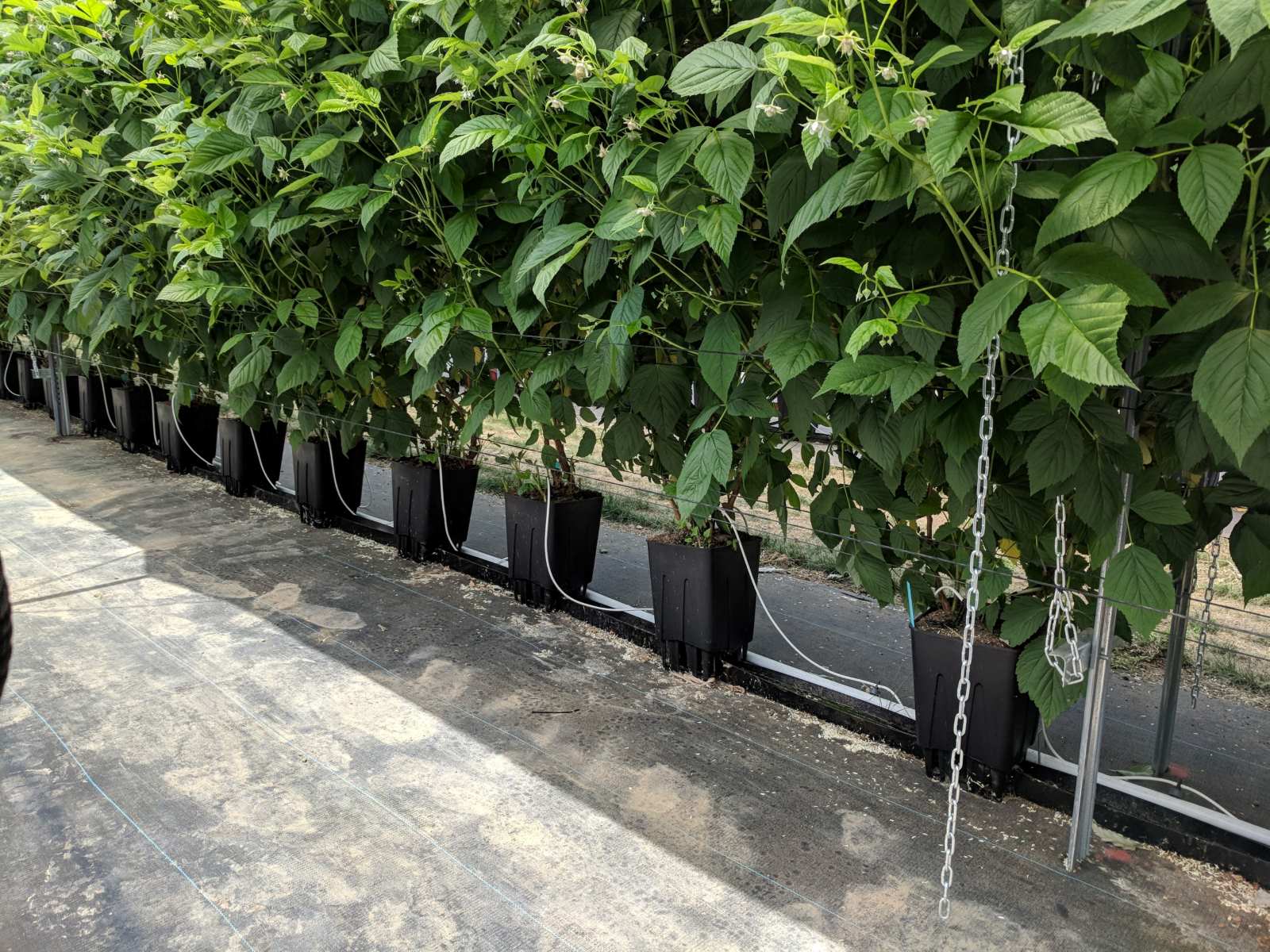
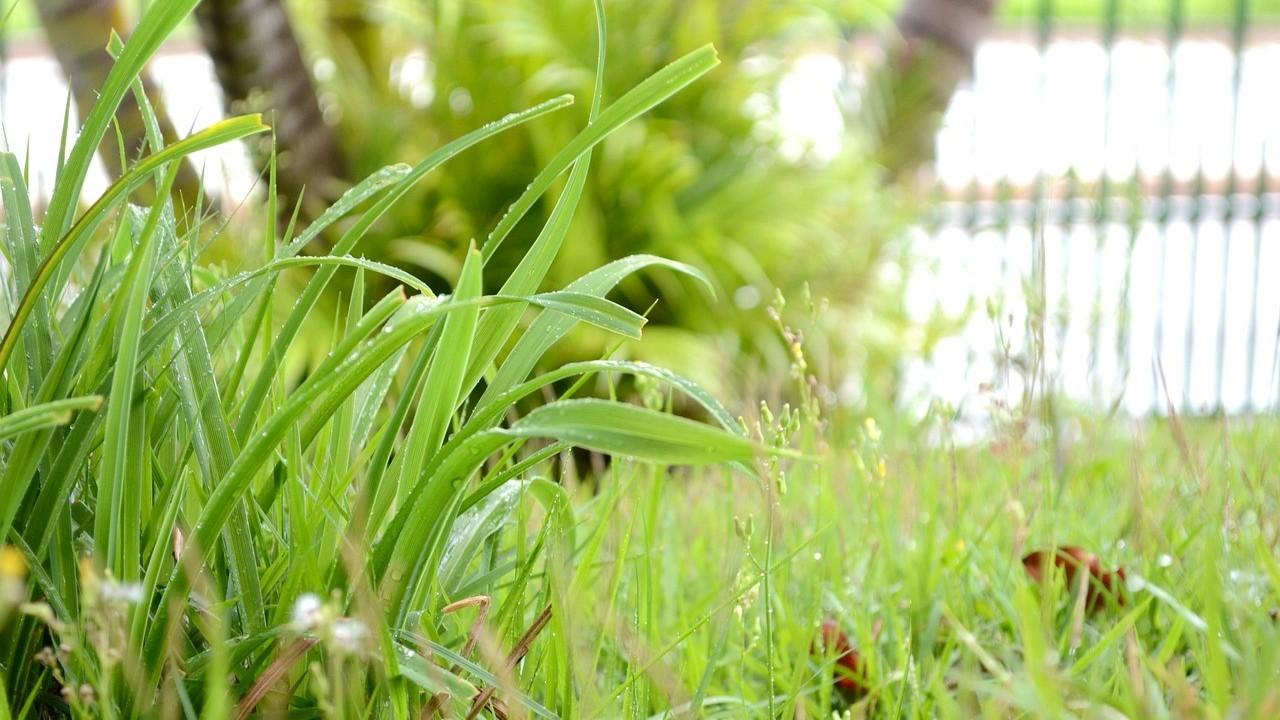
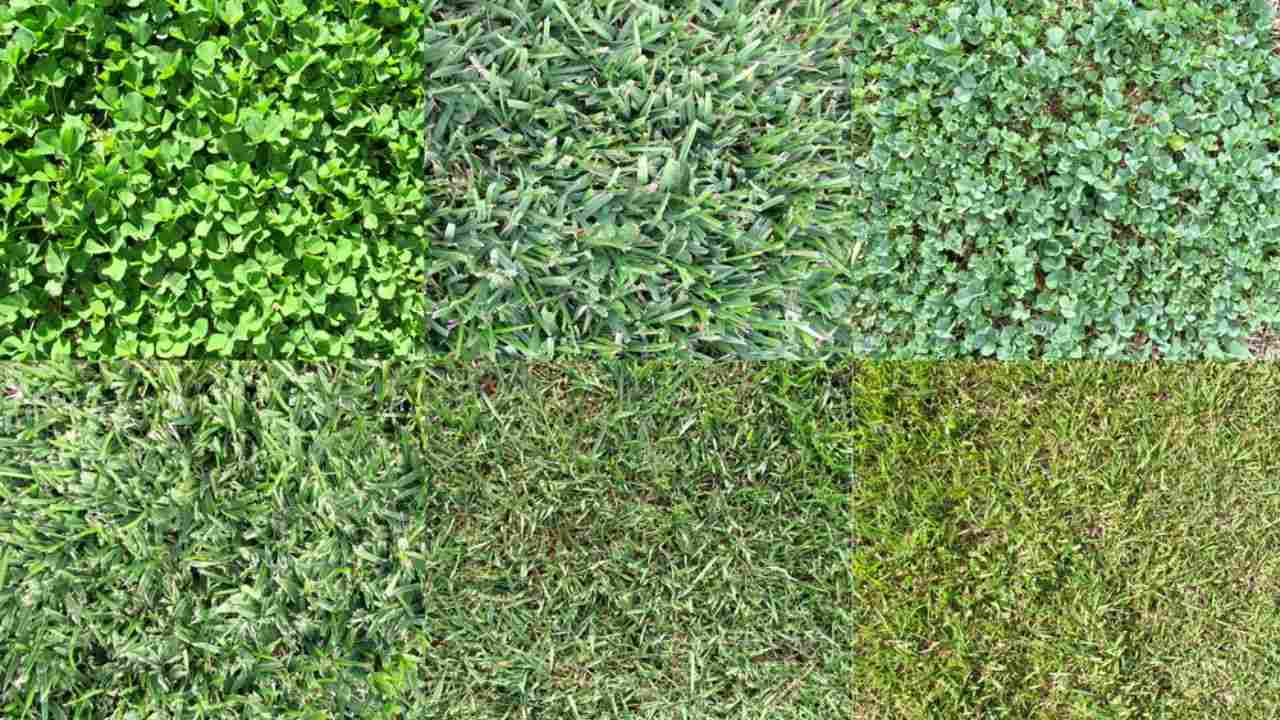
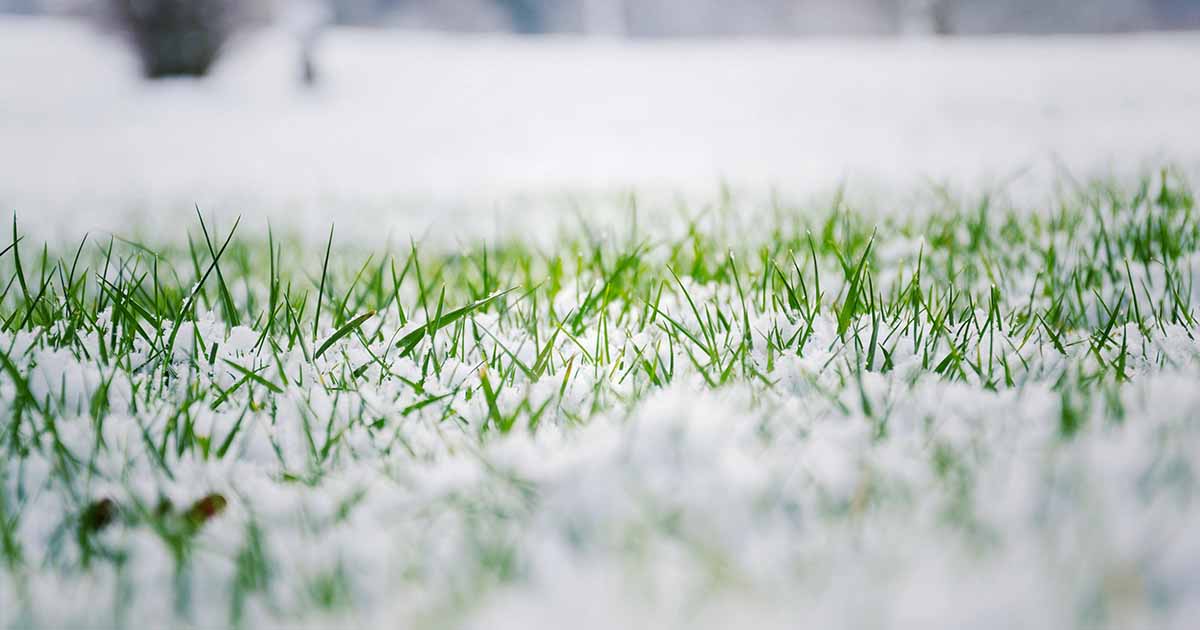
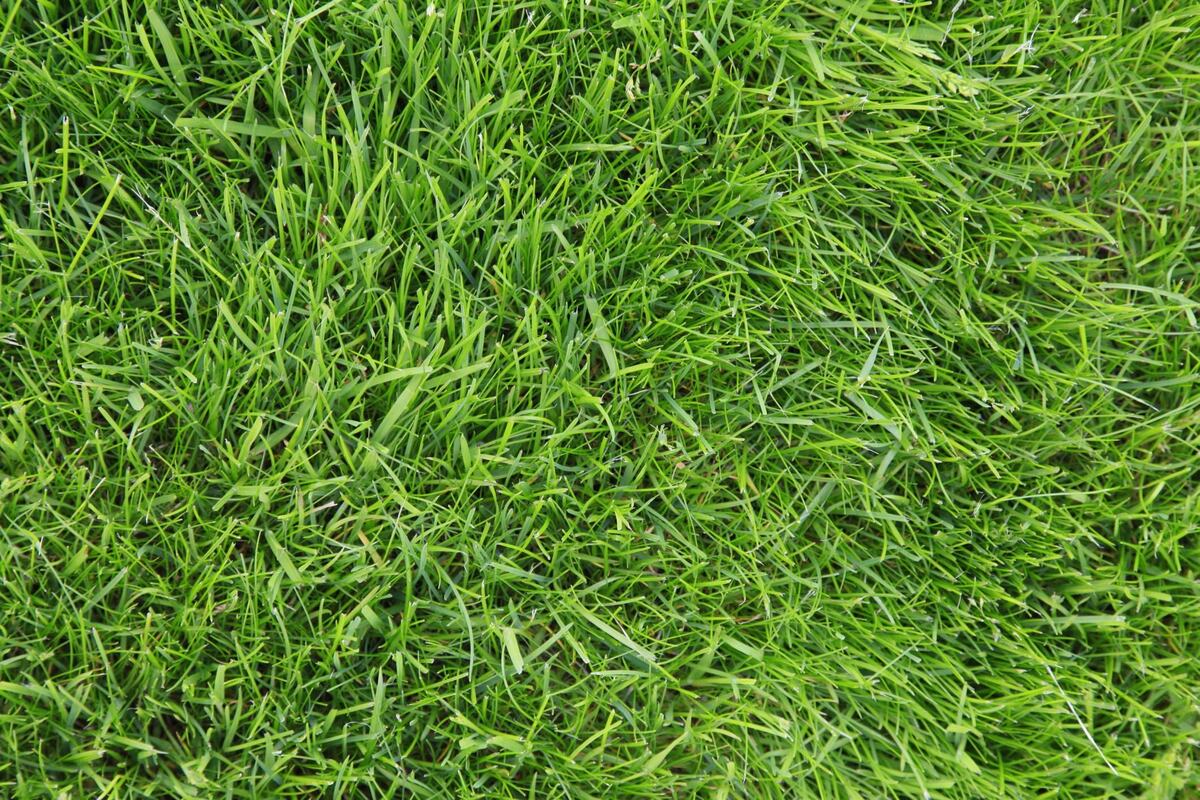
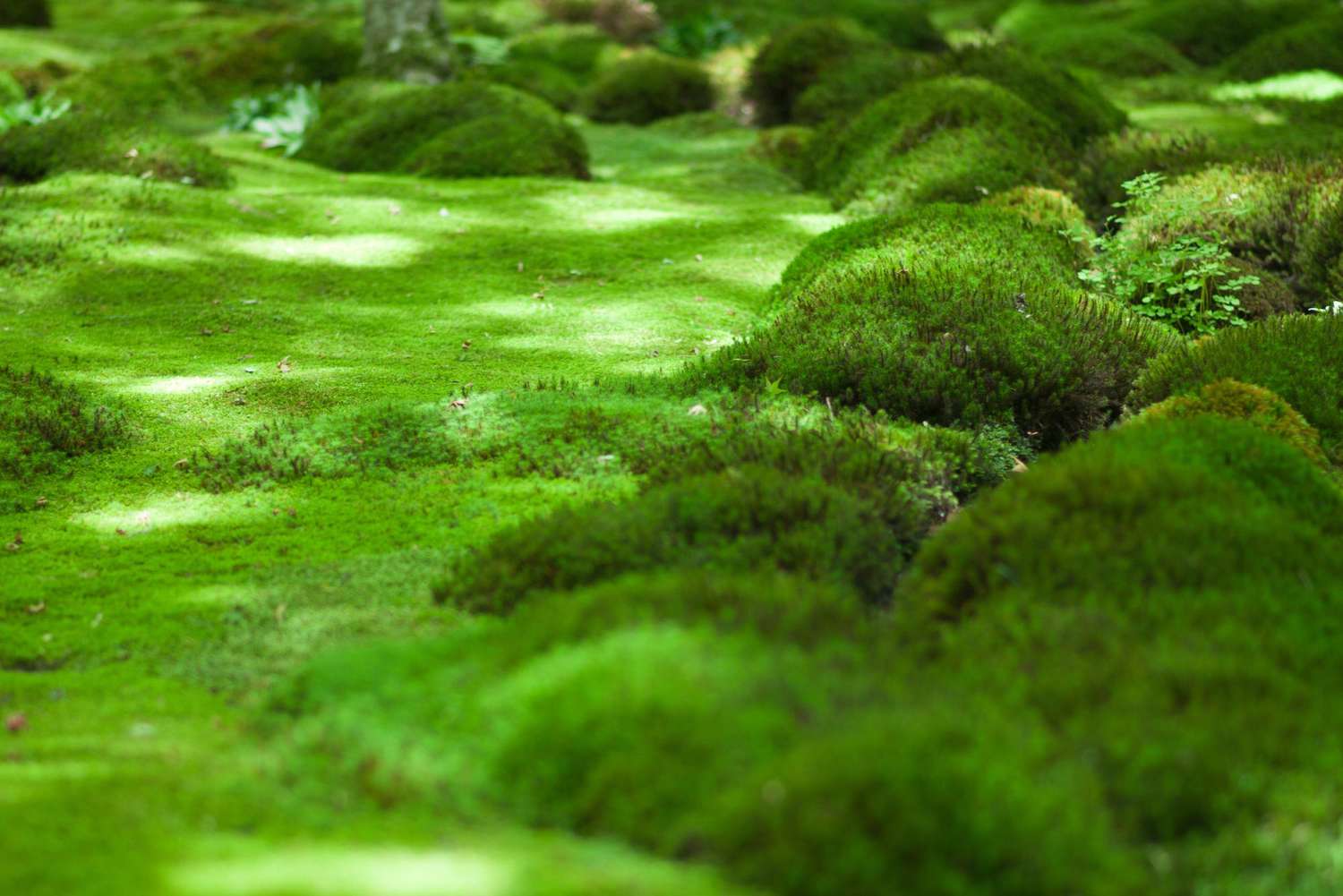
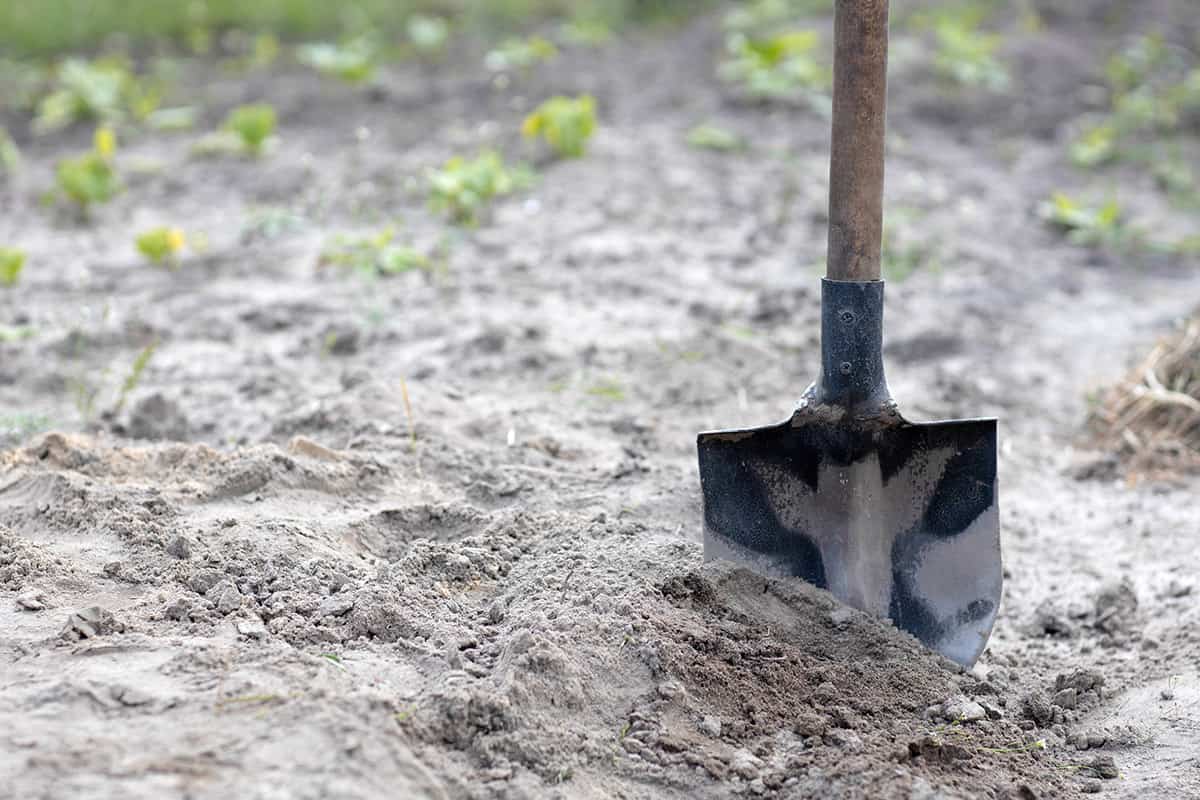
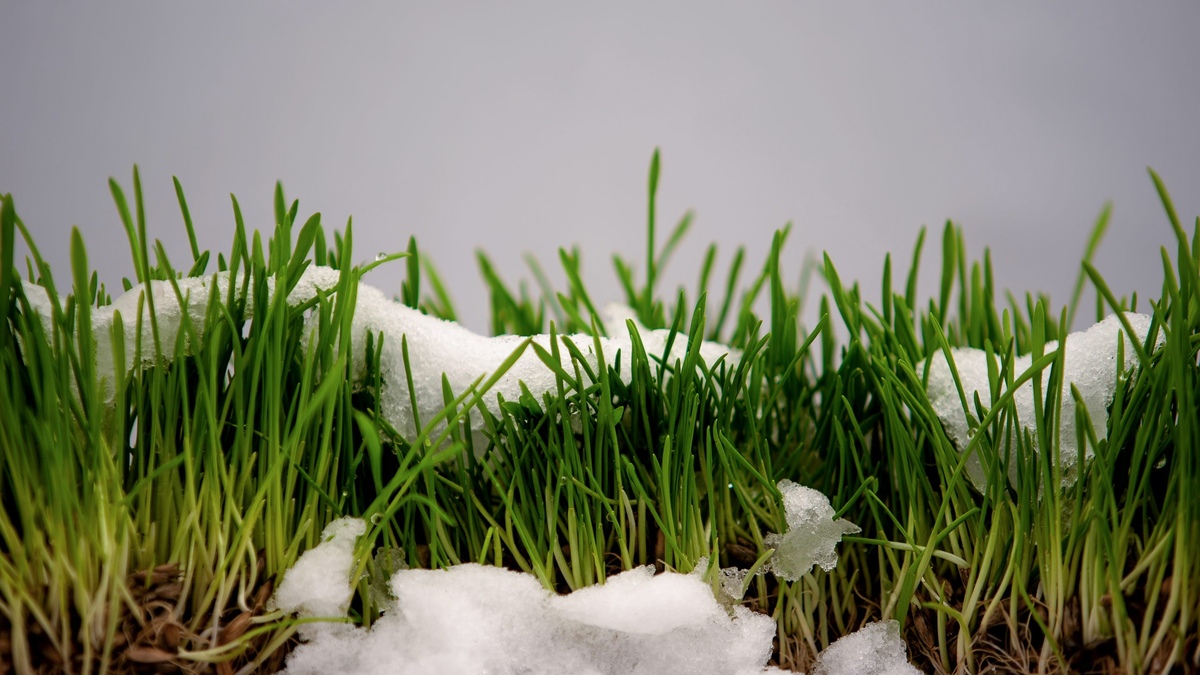
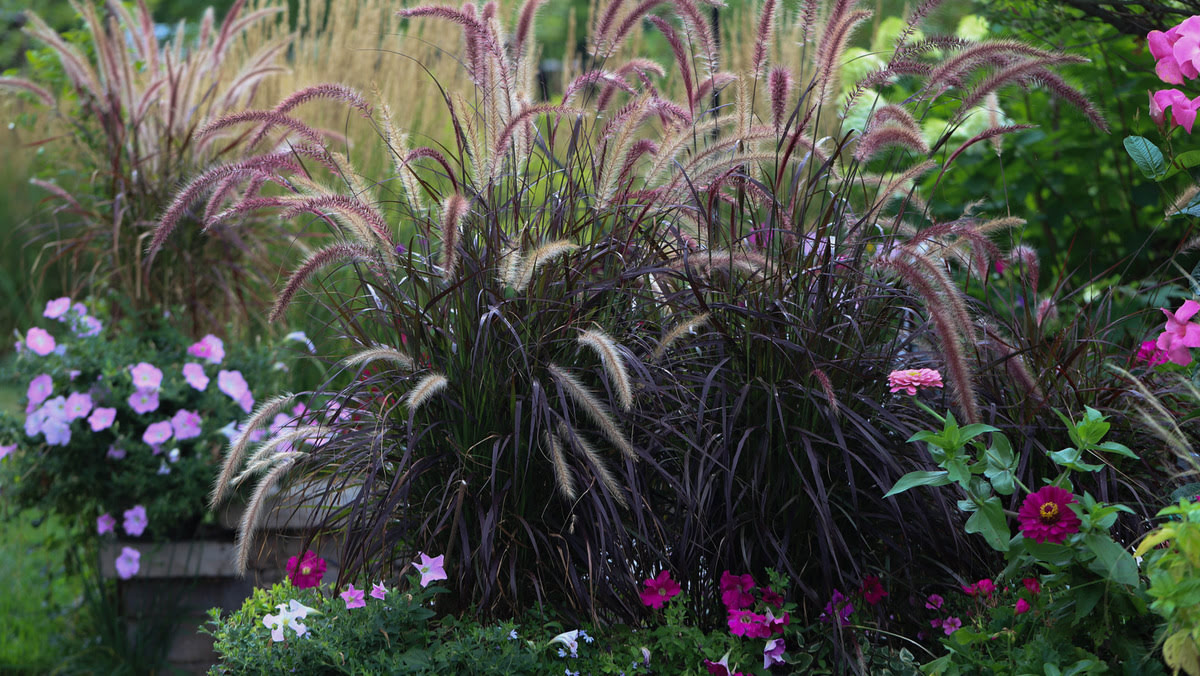
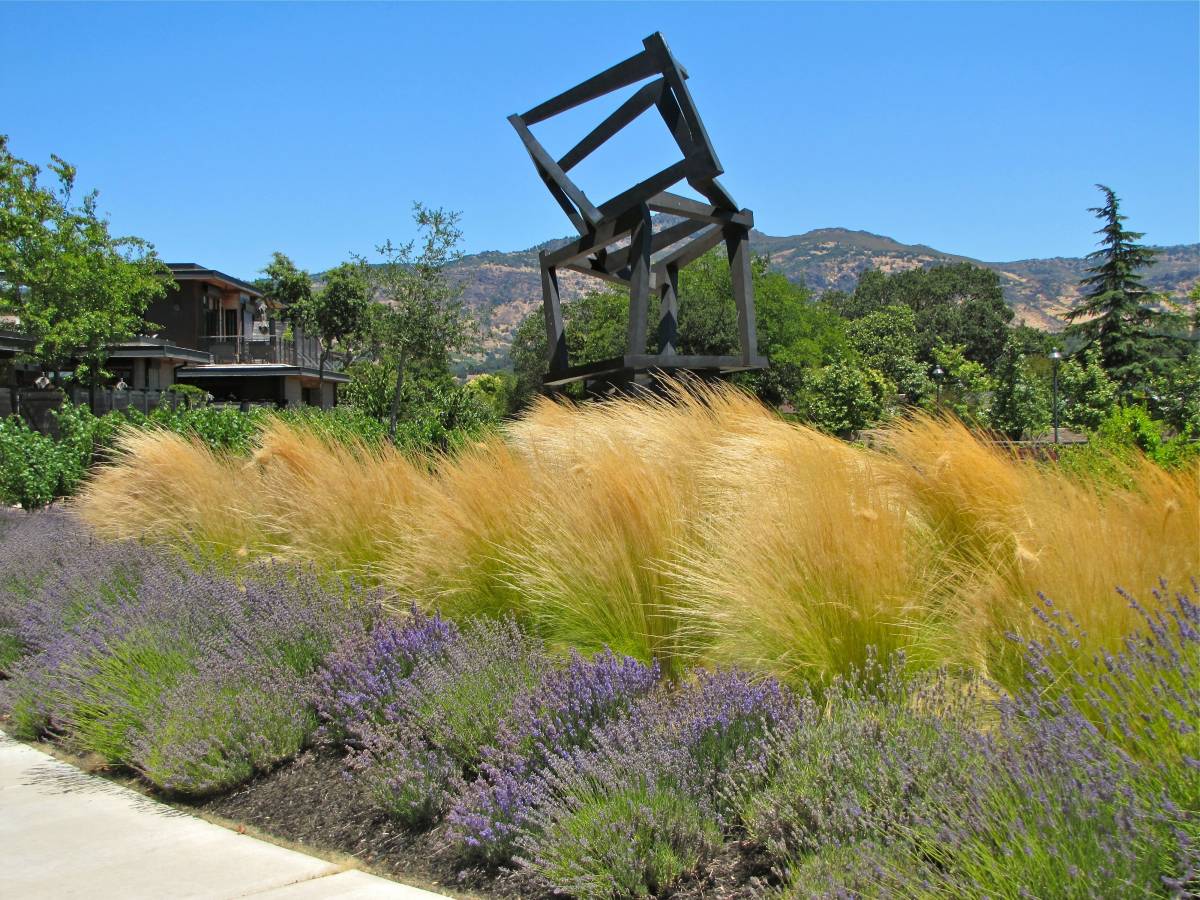
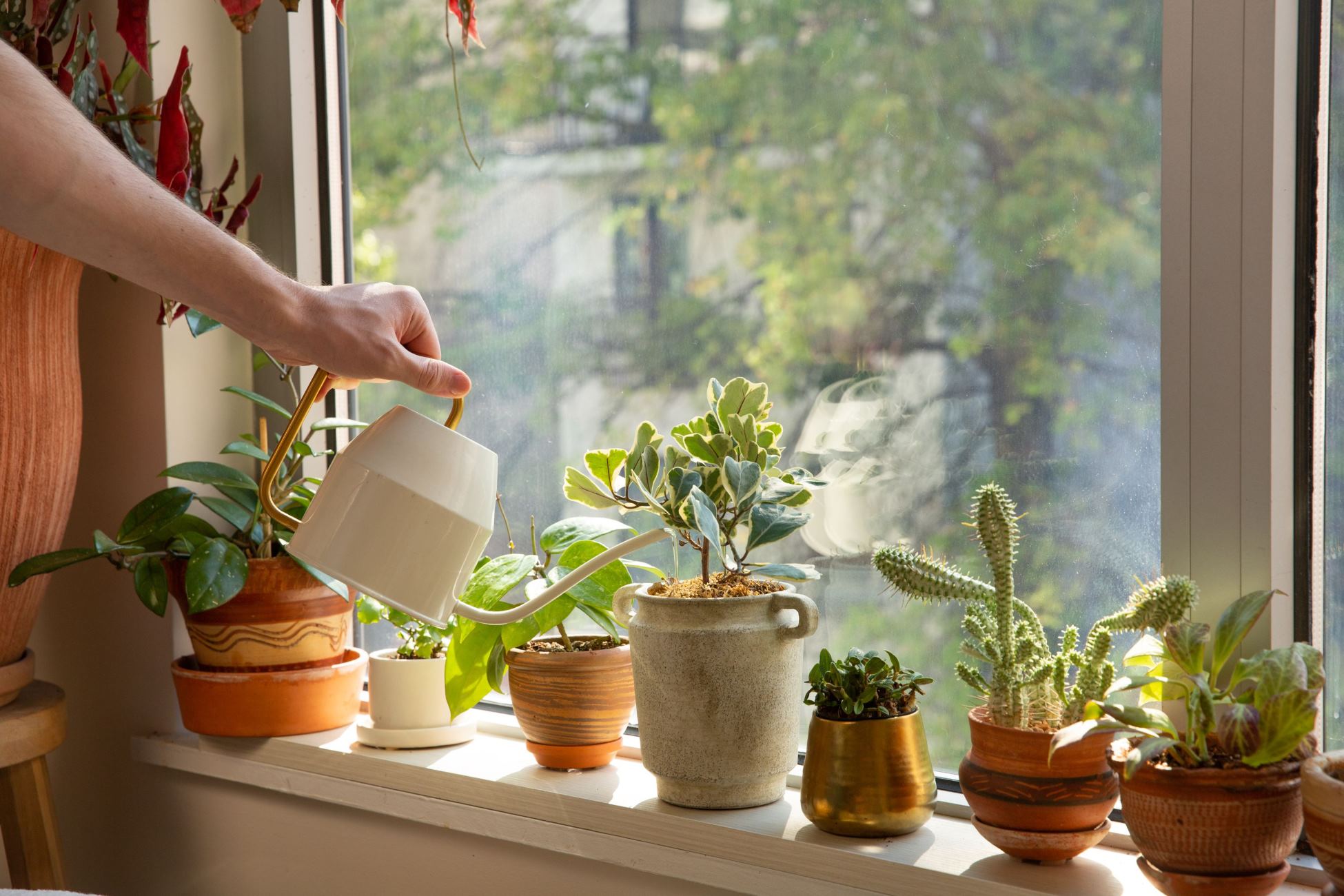
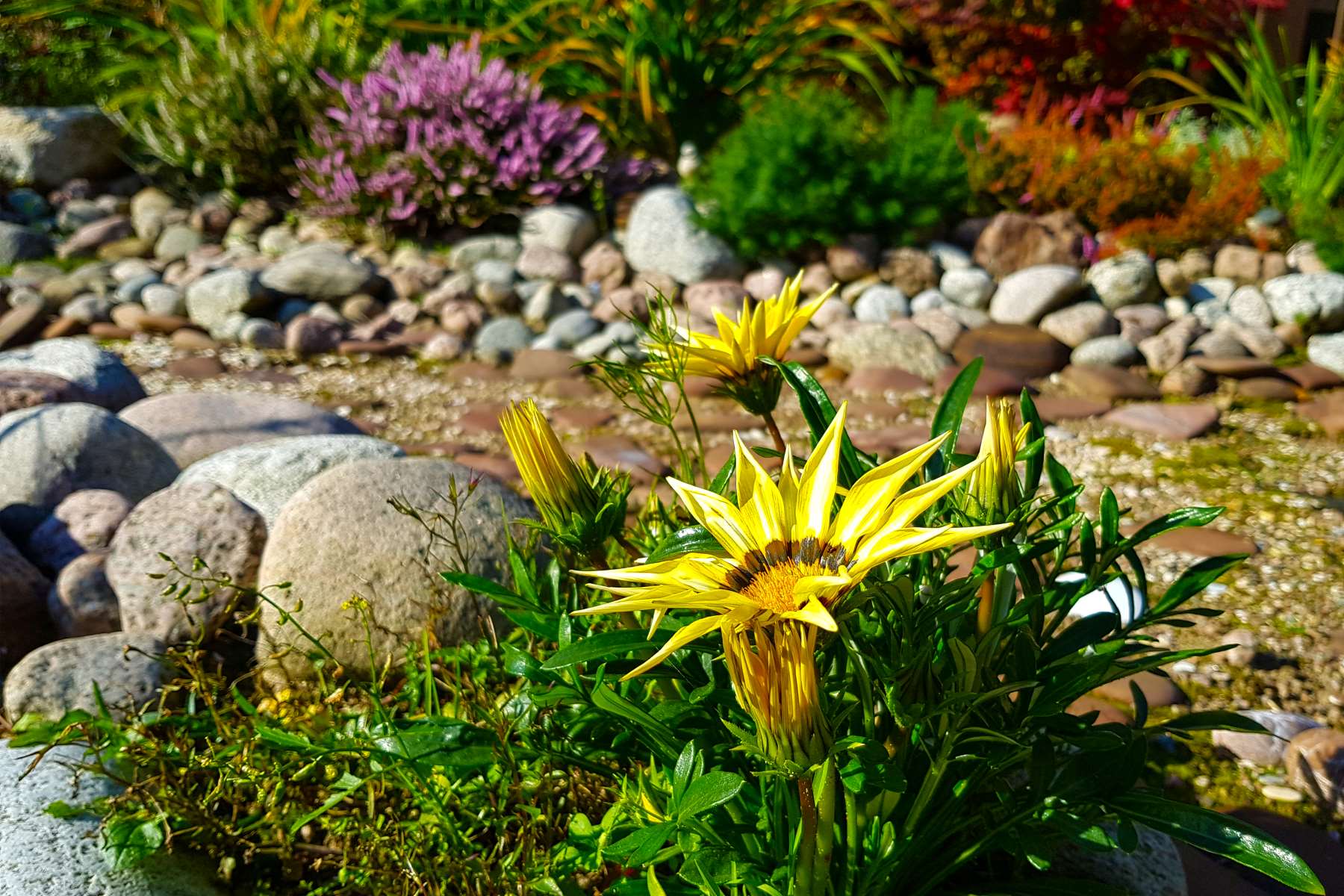
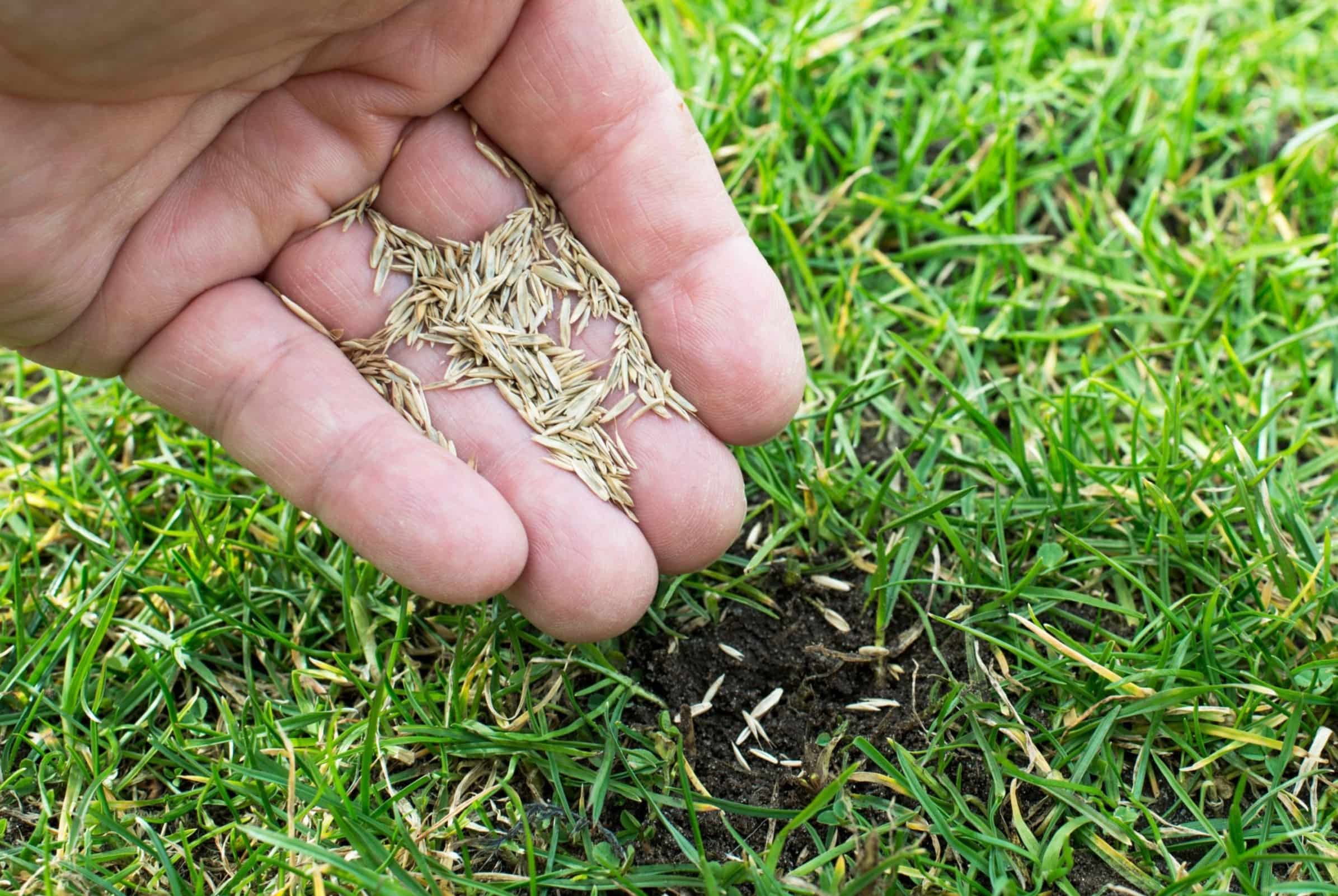
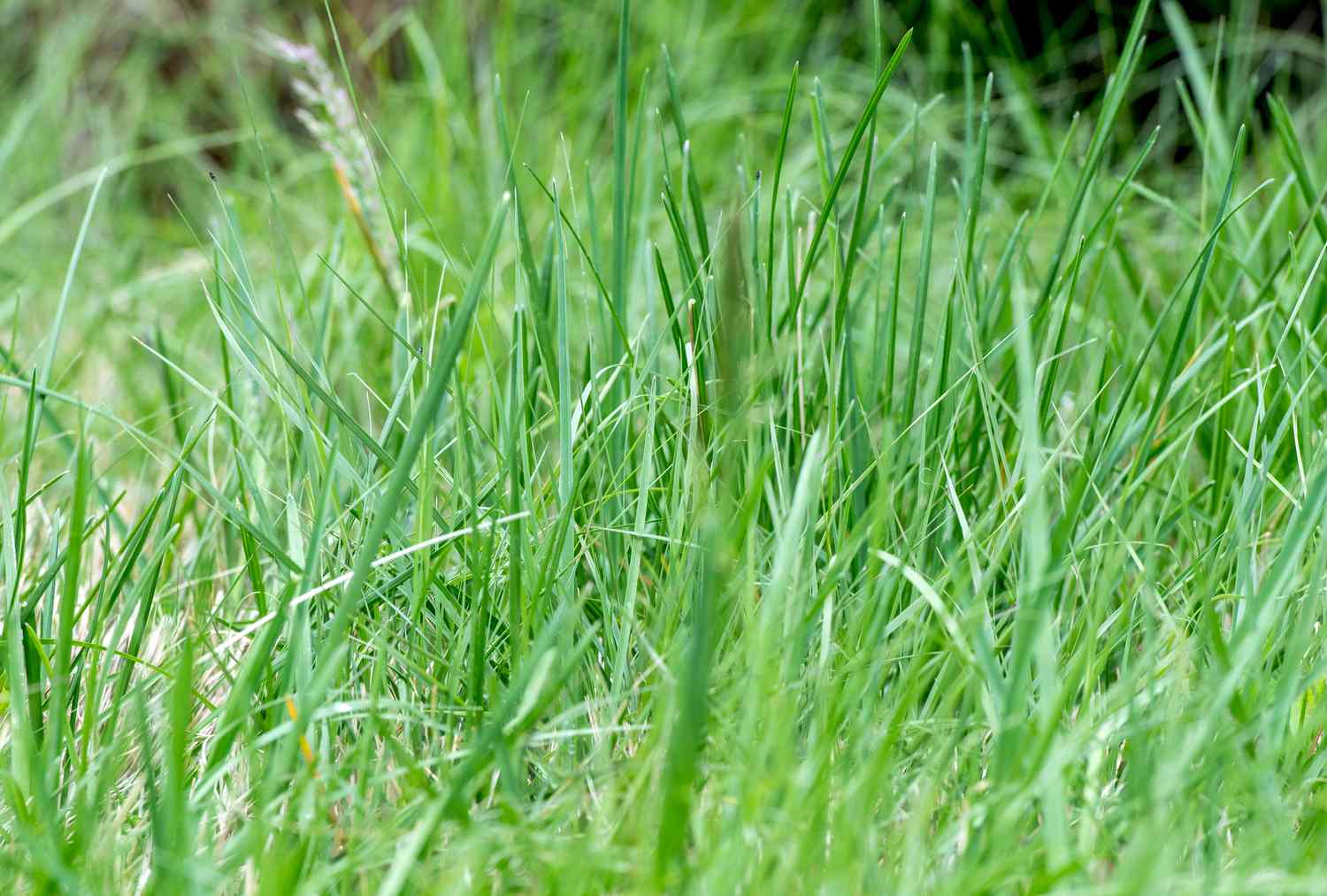

0 thoughts on “What Is The Best Grass To Plant”